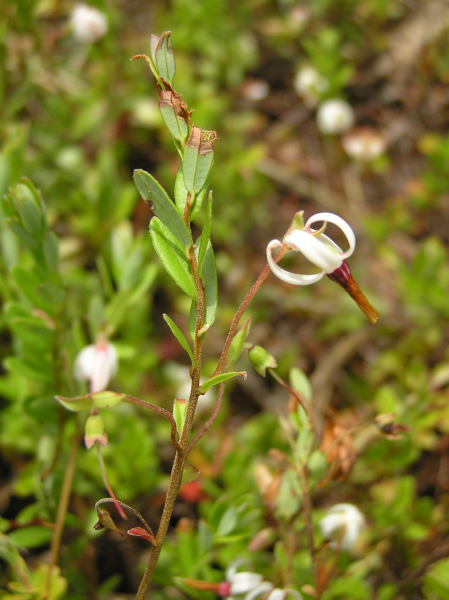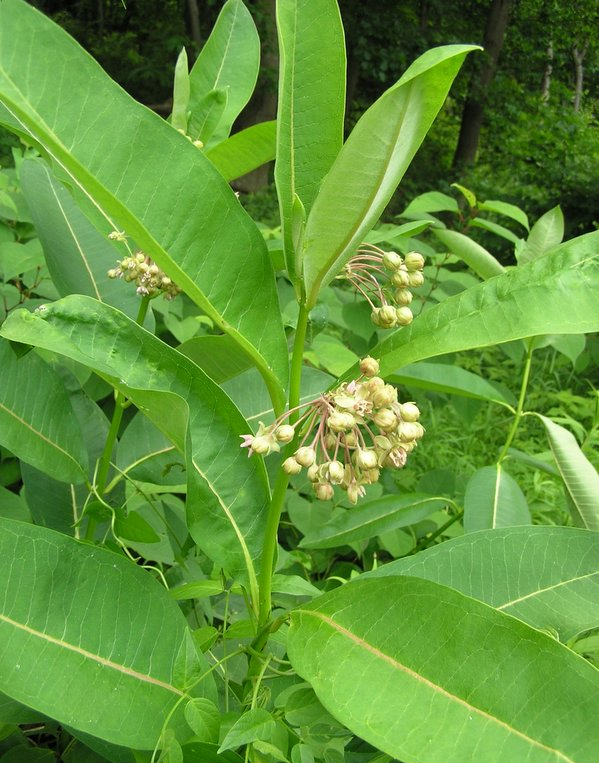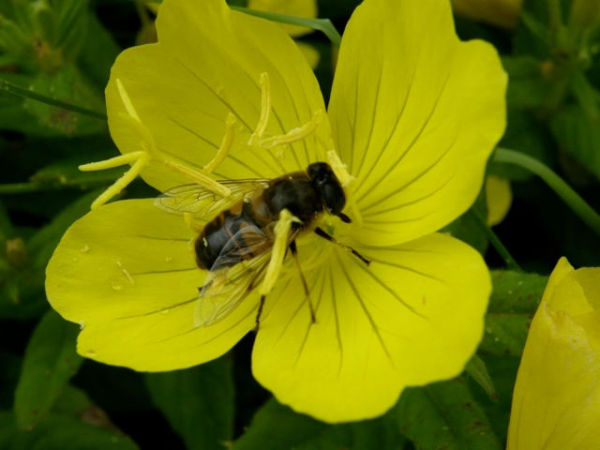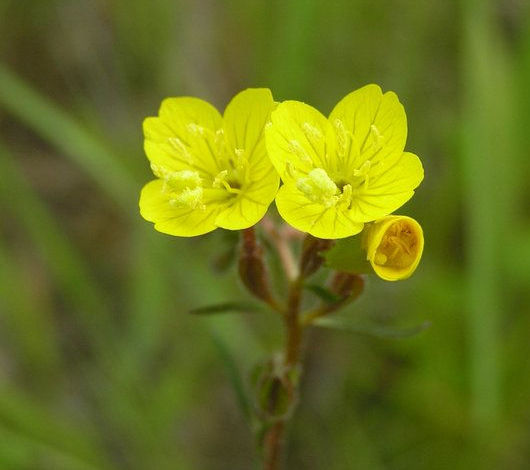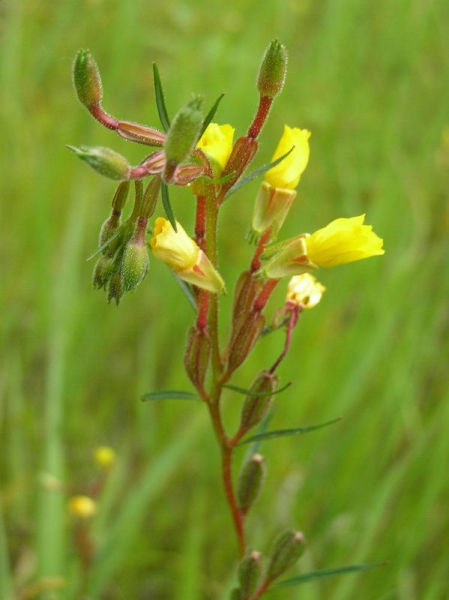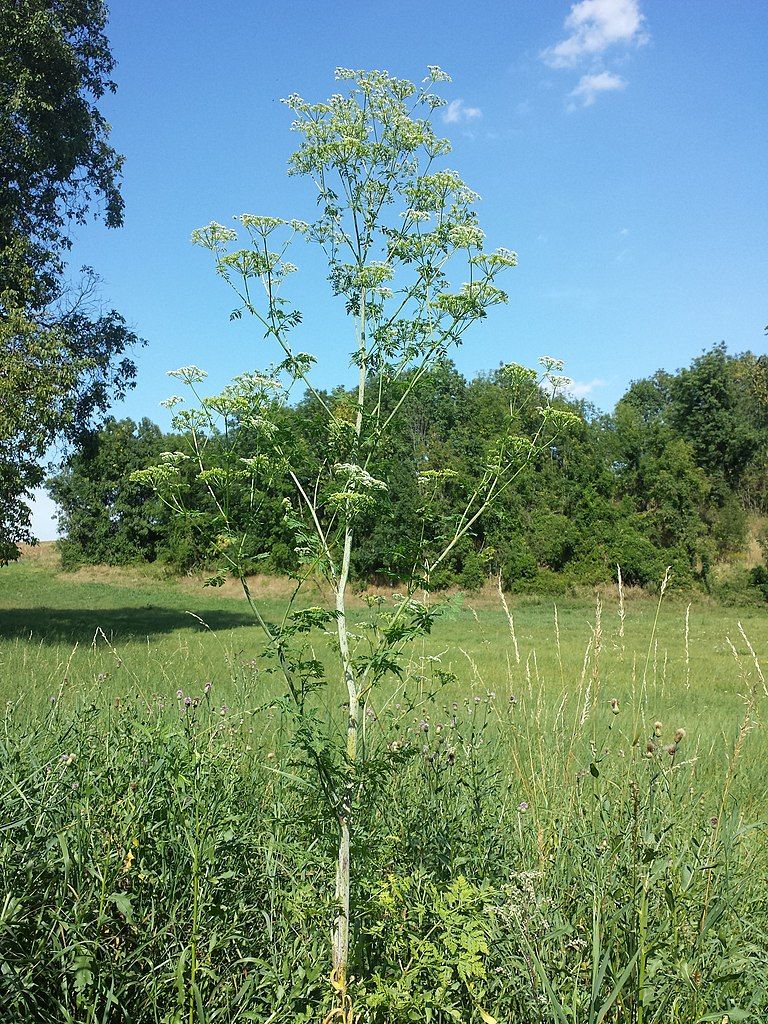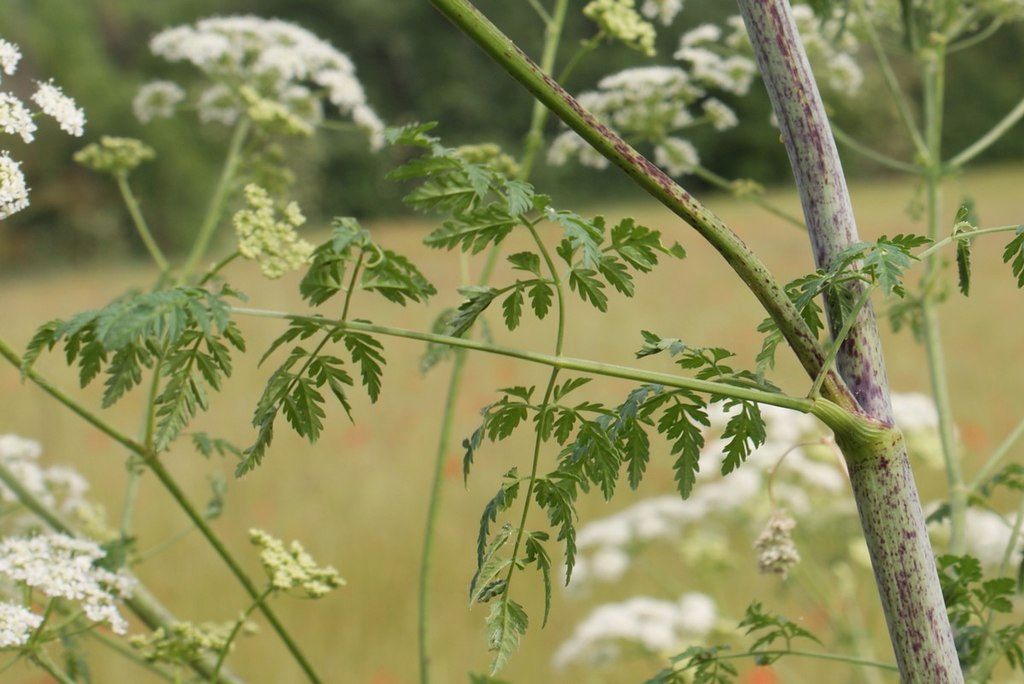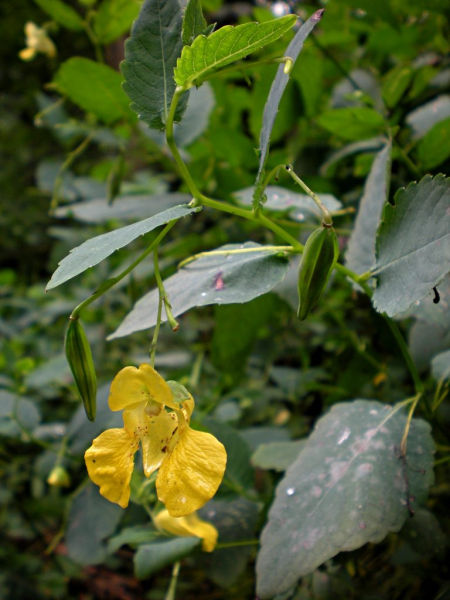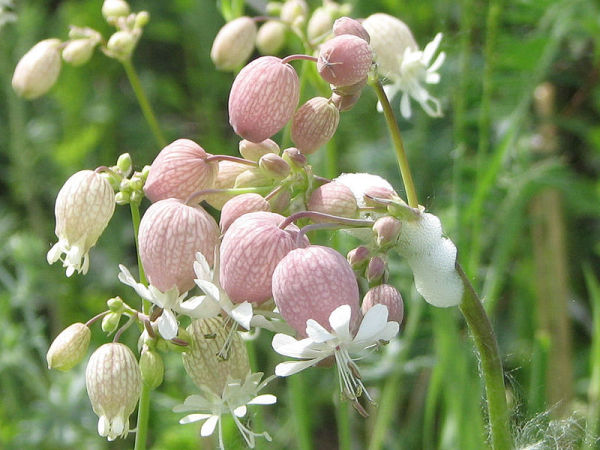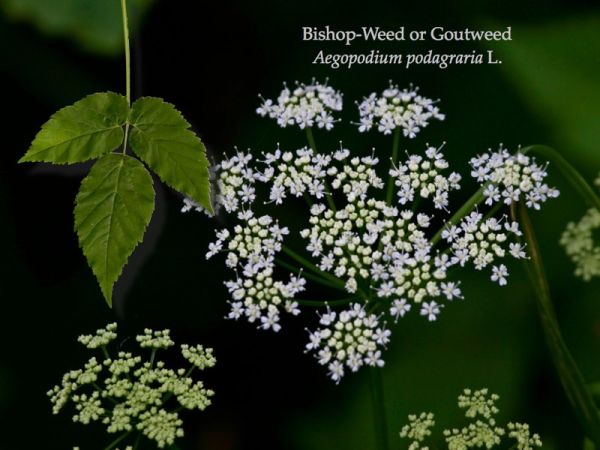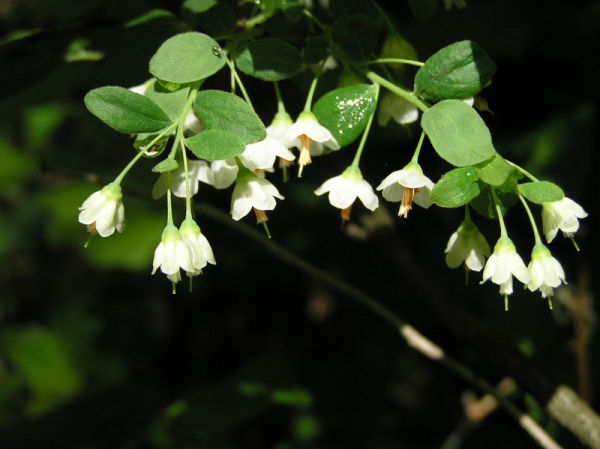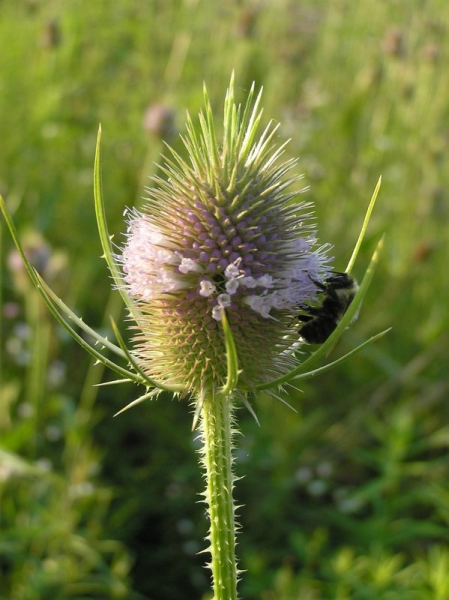
This spiny flower is blooming now. If you look closely you’ll see that its tiny pinkish-purple flowers are quite pretty.
But it’s hard to get close. Teasel (Dipsacus fullonum or Dipsacus sylvestris) looks like a warning. Its prickly stem, spiny flower head, and slender thorny spikes seem to shout “Stay away!”
Interestingly, the only reason this plant is here in North America is that its spiny heads were used by the textile industry. After the flowers fade and the plant dries out the heads can be used to raise or “tease” the nap on woven wool.
Factories substituted metal brushes for teasel long ago but the plant persists in our landscape. It’s now invasive in thirteen states, though not in Pennsylvania.
Look for it by roadsides and in waste places. Each plant can produce 2,000 seeds so where there’s one teasel there will soon be more!
(photo by Dianne Machesney)
